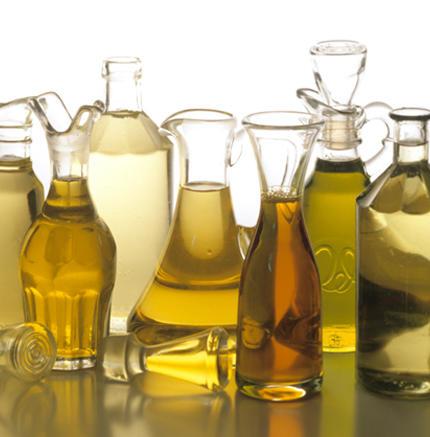
Colour measurement in the oils and fats industry is an essential part of the refining process. It is a means of assessing when the desired colour has been reached and when the refining can be halted. This ability to regularly monitor the colour during processing cuts down the waste of refining materials and also helps to maintain […]
Colour measurement in the oils and fats industry is an essential part of the refining process. It is a means of assessing when the desired colour has been reached and when the refining can be halted.
This ability to regularly monitor the colour during processing cuts down the waste of refining materials and also helps to maintain colour consistency of the end product.
Grading techniques are widely used to assess product colour by comparison with a representative series of fixed colour standards.
For many product types, a characteristic set of standards was agreed and adopted to aid colour control and the communication of colour specifications; the result is a selection of traditional colour grading scales that have been adopted as industry standards and are still in common use today.
Your Colour Scale requirement determines your instrument choice.